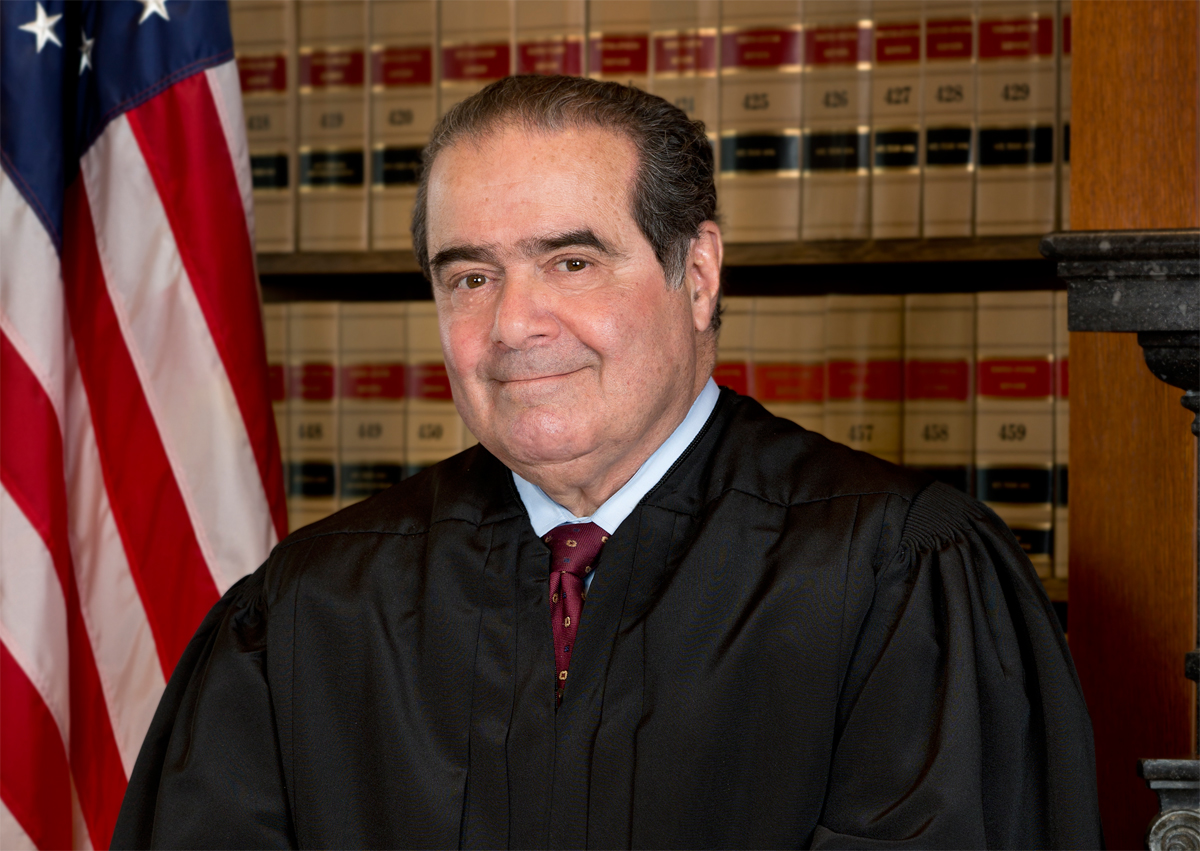The death of Supreme Court justice Antonin Scalia has created an unprecedented scenario in the United States. Supreme Court expert and Assistant Professor of Politics and Government Meghan Leonard examines what makes this vacancy such a whirlwind.
Leonard:
Everything we thought we knew about Supreme Court nominations has essentially been turned on its head with these particular circumstances. This situation is so unprecedented, because historically Supreme Court justices time their retirements strategically.
Justices most often retire when there is a President in office who shares their ideology, thus increasing the likelihood that a like-minded justice will be their replacement on the bench. Therefore, presidents most often replace justices with new justices of similar ideologies, and rarely have the chance to tip the balance of the Court. However, Justice Scalia’s untimely death changes that significantly.
Not only will President Obama have the chance to replace a conservative justice with a more liberal one, but this nominee will tip the balance of the court from a five- conservative-justice majority to a five-liberal-justice majority.
It is well known the process has always been political. The President and the Senate always want someone ideologically similar to them to be confirmed as a justice. With Supreme Court nominations and confirmations particularly, it is most often the case that when the President and Senate are of opposite parties, the President finds someone who is more moderate, and the Senate generally confirms, unless the nominee is seen or portrayed to be too extreme. (See Robert Bork.)
Even though the Senate Republicans and Democrats have used the filibuster to block lower court nominations, successful attempts to filibuster nominees to the Supreme Court level are fairly unprecedented. The issue with this nomination is not just that the President and Senate are of different parties—we’ve seen that often. What has never occurred is being this far from an election, with one branch saying that any nomination should wait until the next President takes office.
In all this chaos, the President has a couple of strategies open to him. One is to find somebody who has some prayer of getting through the Senate. That would have to be someone moderate, and likely someone already confirmed by the Senate for a lower court judgeship. This may give the President the ability to call out the hypocrisy of blocking the vote now. That’s why D.C. Circuit Judge Sri Srinivasan and 8th Circuit Court Judge Jane Louise Kelly have come up so often, because even Marco Rubio and Ted Cruz voted for their confirmations in 2013. This strategy puts the Republican Senators up for election in a difficult position, especially those in moderate states like Mark Kirk in Illinois or Kelly Ayotte in New Hampshire.
Or with the hopes of helping a Democrat get elected in November, President Obama could—for lack of a better word—pander to a group or political interest. In this case, he might select someone who represents a constituency where turnout in November would help the Democratic nominee, for example, an African-American (like Judge Paul Watford of the 9th Circuit), or Mexican-American (such as California Supreme Court Justice Mariano-Florentino Cuéllar).
All of this leaves Senate Republicans with the difficult task of risking President Obama’s nominee against what might happen (with both the president and the Senate) in the November election. Given the current state of this election season, it is still anyone’s guess what could happen.


